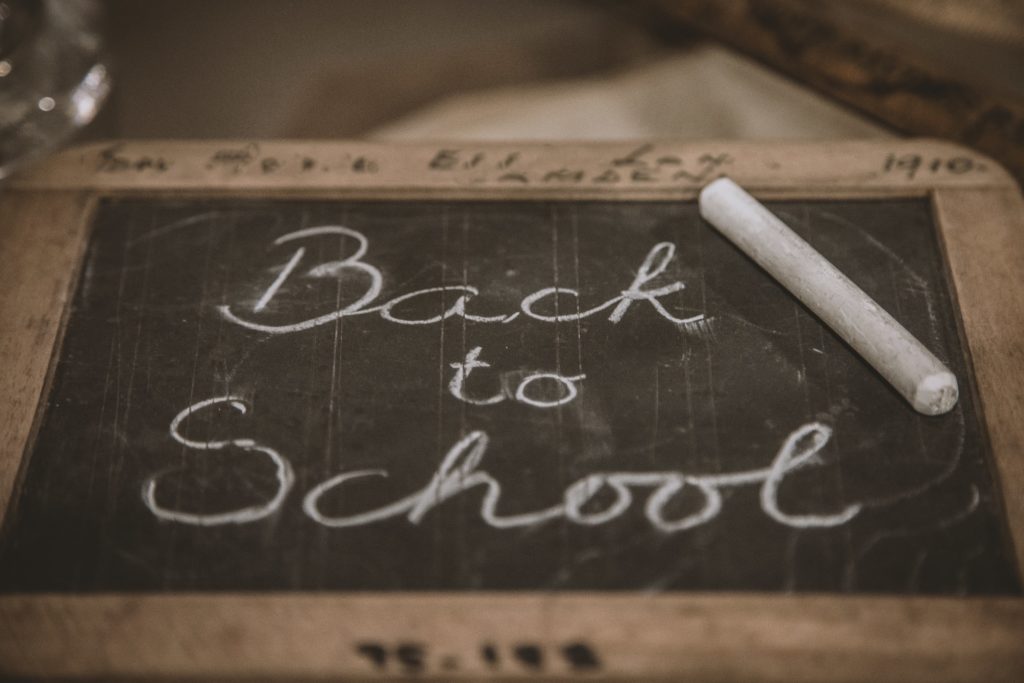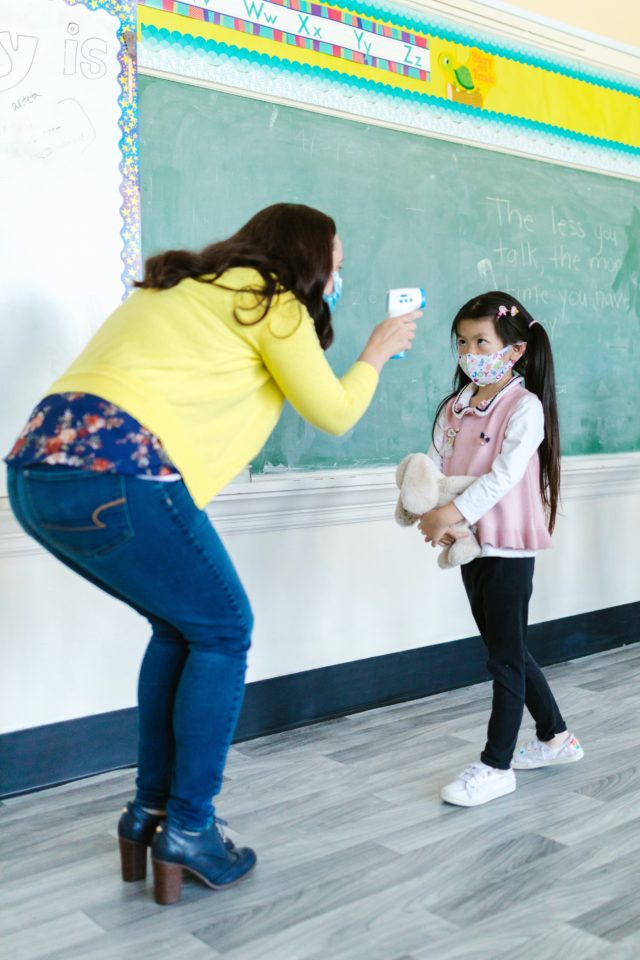by Hilary Salemi –
The UNESCO Director-General, Audrey Azoulay warned that “the global scale and speed of the educational disruption due to coronavirus is unparalleled and, if prolonged, could threaten the right to education”.
Since March 2020, 90% of the student population was not going to school due to COVID-19 restrictions. Children, teachers and parents worldwide have had to adapt very quickly to distance learning. However, not everyone has had the same access to home education.
School closures and suspended education meant that children have missed out on essential opportunities to enhance their knowledge.
The sense of instability that remote learning conditions had created affected not only children and parents but also school employees who had their pay reduced or were dismissed.
In some schools, children were told that they could go back to school only for the school to be closed again the following week. In Bolivia, for example, the school year was cancelled for 4 months which means that three million children did not receive any kind of formal education. This caused distress to children but also parents who had to go to work and could not afford childcare.
The pandemic highlighted human rights issues of access to education and quality education.
According to article 26 of the Universal Declaration of Human Rights, everyone has the right to education. The right to education includes children and parents as well as state obligations. The right to education is two-fold. The Declaration asserts a social dimension that imposes on the state an obligation of positive action for the establishment and development of a system of education. But also, this right is the freedom granted to people to establish their own educational institutions or choose between public and private schools.
However, the universality of this right has yet to be achieved because at least 500 million children and young people are not going to school nor have access to distance learning.

Unequal learning opportunities
Some children and young people have been privileged enough to have access to digital learning. However, in some countries, only a few have access to the internet, so teachers had to think about different ways to continue with the lessons. Some were teaching via phone calling every single pupil, in some countries, the lessons were broadcasted on television and on the radio. In other cases, teachers distributed photocopies around villages so that children could do their homework.
In comparison to other countries, the Brazilian government did not implement sufficient measures to help teachers and pupils to continue with class online nor did they dedicate time on national television/radio to provide educational material to those who do not have internet access. Brazilian schools had to take the matter into their own hands to be able to continue the school curriculum from home, some teachers were using WhatsApp to communicate with students and parents.
Even if online teaching is one of the most effective methods to keep daily contact with pupils, some issues have arisen. In fact, not every child in a household has his/her own device to access online classes or a stable internet connection that allows being in the virtual classroom for hours. Also, there have been concerns around privacy on these online education platforms in regard to storing and managing data about minors. Further, online teaching implies that teachers and parents have basic computer skills which is not always the case. Thus, a lack of basic computer skills can hinder children’s online learning.
Further, for many children living in poverty going to school also means accessing their only meal of the day, and not every school was able to keep this service during the lockdown. In the UK a weekly food supply was delivered to children from low-income households. However, there have been cases in which children received very little food to cover the week. Also, many schools provide basic health services such as vaccinations and deworming, affecting the overall health of students and their ability to study.
Studying from home has also been a further barrier for students with learning disabilities. Disruption of routines and the inability to receive daily professional support and special equipment available at schools have been sources of great stress for children and parents. School is not only important for education but also for socializing, sports and other fun activities that contribute to the development of a child. Thus, school closures can make children feel isolated and easily bored. When children go back to school, it is important that they can access different types of psychological support and mental health resources, which are just as important as physical health.
As 90% of the student population was at home during covid, it is important that all children return to school and that the rate of dropout is kept to a minimum. In fact, education is one of the UN development goals and global literacy is necessary to eradicate poverty. For some children, it will be difficult to go back to school. For example, some had to leave school to help their families financially during Covid 19 pandemic. Girls who face more difficulties accessing education are more at risk of child marriage and sexual exploitation during school closures. Also, many children have experienced domestic violence and neglect as calls to domestic violence services have increased during the pandemic. Thus, teachers who are already equipped to recognize and respond to sign of child abuse should be given enough governmental support to help children when they are back in school and follow up on those that do attend classes.

Accomplishments during the pandemic
Despite the many challenges, there have been positive examples of measures adopted to ensure learning and keep dropout rates low. For example, in the Netherlands children whose parents couldn’t afford laptops and internet connections received help to be able to attend online schools. In Peru, the learning material was made more accessible by translating it into indigenous languages. The digitalisation of schools had some positive effects for example the European Commission produced a digital education action plan for 2021-2027 which set out the measure that should be adopted for quality, inclusive education.
Final thoughts
In a pre-pandemic context where some countries have yet to achieve equal access to education, COVID-19 enhanced inequalities and the gap in learning opportunities. The long-term effects of school closure are yet to be evaluated. For some, it will be difficult to go back to school because they lack basic facilities for hand sanitization which means that children will be more likely to get infected. Also, schools should offer extra help for those kids that had difficulties with studying at home so that no child is left out.
Thus, it is important that a global effort is made to ensure that all children can safely go back to school and have equal access to quality education.
Hillary was an intern at NMRZ in July. Hilary is Italian and she studied Law with Human rights at the University of Essex. Her focus is Women and Children’s rights.
